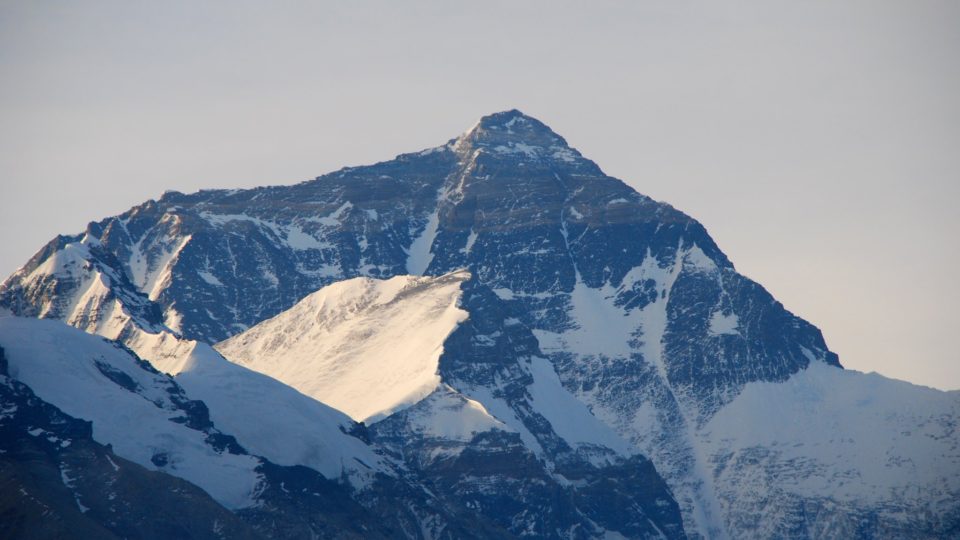Mount Everest is the highest mountain above sea level with an elevation over 29,000 feet. As such, it is a prime attraction for mountain climbers seeking that ultimate achievement. The summit was first reached in 1953 and for a long time, only major expeditions by the best mountaineers sought to repeat the feat.
In recent years, climbing Everest has become much more common. In fact, since 1953, more than 4,000 people have reached the summit of the world’s highest mountain. A record 807 accomplished the feat last year alone. Thousands more visit lower elevations.
But climbing Everest is neither safe nor easy. Ice and snow, powerful winds, and generally harsh conditions make Everest a treacherous place. Over the decades, hundreds of climbers have died on its slopes and many of their bodies are still up there. Apart from human remains, there are decades worth of garbage left behind by hikers and tourists.
The government of Nepal has mounted an ambitious project to clean up the refuse on Mount Everest. In just the first two weeks, volunteers removed more than three tons of trash from the mountain. Among the rubbish removed from Everest are tents, climbing equipment, bottles, cans, empty oxygen containers, and human waste. They also discovered the bodies of four climbers that had emerged from melting snow and ice.
Helicopters carried a third of the garbage to Kathmandu for recycling. The rest was taken to a local district for disposal in landfills. The initial work started at Everest’s base camp. They are next moving to sites higher on the mountain. They hope to remove at least 10 tons of trash this year.
Nepal would like to make the world’s tallest mountain clean.
**********
Web Links
Volunteers Remove 3 Tons of Trash From Mount Everest in Two Weeks
Photo, posted May 23, 2012, courtesy of Gunther Hagleitner via Flickr.
Earth Wise is a production of WAMC Northeast Public Radio.
